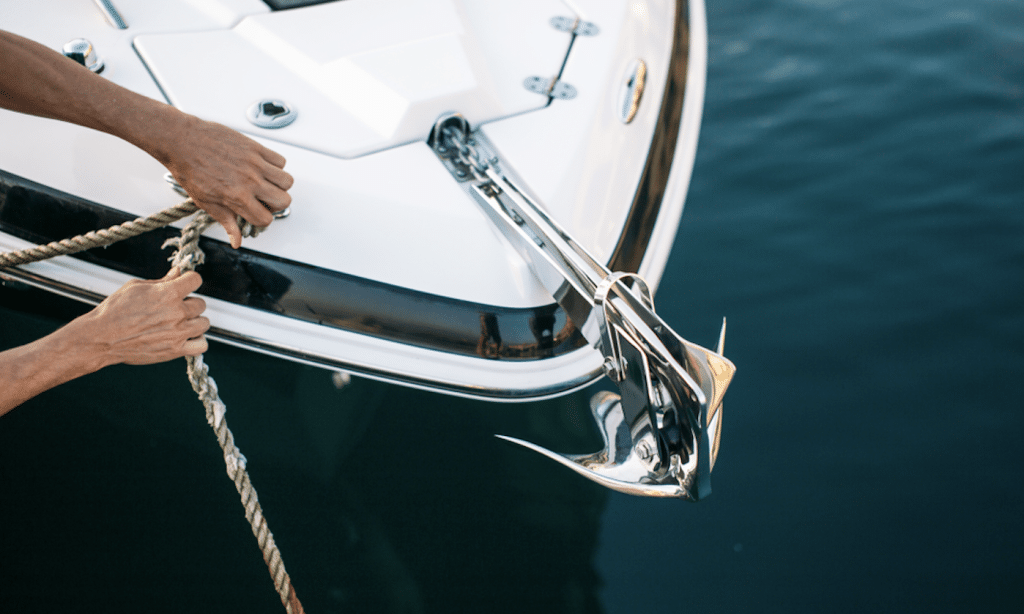Sailing isn’t just about wind in your sails and the open water — it’s also about knowing the ropes, quite literally. Whether you’re a seasoned sailor or setting foot on deck for the first time, mastering sailing knots is a fundamental skill that can dramatically improve your safety and efficiency on the water. From securing lines to adjusting sails, knowing the right knot for the right task can make all the difference. In this guide, we’ll walk you through the essential knots every sailor should know, step by step.
Why Sailing Knots Matter
Knots are more than just rope tricks — they’re critical to seamanship. A well-tied knot holds fast under pressure, is easy to untie when needed, and can be trusted in all conditions. Poorly tied or inappropriate knots can cause gear damage, delays, or worse, accidents.
Learning a few tried-and-tested knots will give you confidence and control, whether you’re mooring, reefing a sail, or towing a dinghy.
The Bowline — The Sailor’s Best Friend
Uses: Creating a fixed loop that won’t slip
Step-by-step:
- Make a small loop (the “rabbit hole”) near the end of your rope.
- Pass the working end (the “rabbit”) up through the hole.
- Loop it around the standing part of the rope (the “tree”).
- Pass it back down through the hole and tighten.
Tip: The bowline won’t jam and is easy to untie, even after being under load.
Clove Hitch — Quick and Versatile
Uses: Temporary fastening to posts or rails
Step-by-step:
- Wrap the rope around the post.
- Cross it over itself and wrap again.
- Slide the end under the last wrap and pull tight.
It’s ideal for quick, adjustable tying — just be aware that it can slip under load if not under constant tension.
Figure Eight Knot — Simple and Secure Stopper
Uses: Preventing ropes from slipping through fittings
Step-by-step:
- Make a loop near the end of the rope.
- Pass the working end around the standing part.
- Tuck the end back into the loop.
- Pull tight to form the figure eight.
It’s one of the easiest knots to learn and very reliable as a stopper.
Round Turn and Two Half Hitches — For a Solid Hold
Uses: Securing a line to a fixed object
Step-by-step:
- Wrap the rope completely around the post (a “round turn”).
- Tie a half hitch by looping the end around the standing part and through itself.
- Repeat to form a second half hitch.
Great for mooring or tying off fenders, it’s stable and adjustable.
Reef Knot (Square Knot) — For Joining Ropes of Equal Size
Uses: Securing sails or bundling gear
Step-by-step:
- Pass the left end over and under the right.
- Then pass the right end over and under the left.
- Pull both ends tight.
Be cautious — while handy, it’s not suitable for high-stress or critical applications.
Practice Makes Perfect
Mastering these knots comes down to repetition and real-world use. Practice regularly — not just on dry land, but also onboard in various conditions. Try tying them blindfolded or with wet hands to simulate the unpredictability of sailing environments. If you’re serious about honing your sailing skills, consider joining a practical course or crew for hands-on experience. Many sailors start their journey with SailCorp, where tailored experiences and training make learning both accessible and enjoyable.
Sailing knots might look complex at first, but once you understand their structure and purpose, they quickly become second nature
These foundational knots are the building blocks of safe and successful seamanship. With practice, you’ll not only master the technique but also gain a deeper connection to the art and tradition of sailing. So, grab a length of rope and get knotting — the sea is calling.
